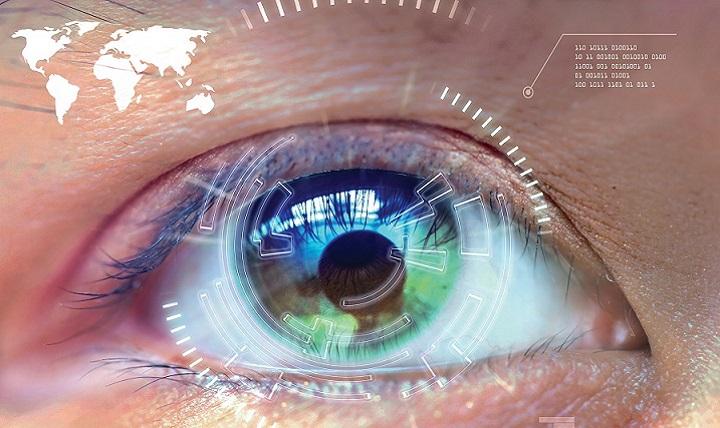By Marzia Choudhury | Copy Editor & Siri Uppuluri | Copy Editor
According to a report by the Nielsen Company regarding media usage by Americans, the average adult in the United States spends almost 11 hours using electronic media, including smartphones, laptops, desktop computers, video games, and television.
Of these 11 hours, the average adult spends close to two hours on a smartphone alone. Given the increasing amounts of screen time individuals are subjected to each day, it is reasonable that every year there are an increasing number of cases of people reporting eye strain from intense periods of electronics use. The Vision Council, a nonprofit organization for optical industry manufacturers and suppliers, refers to the different symptoms of physical discomfort that can result from several hours of screen use as digital eye strain.
Digital eye strain encompasses a number of symptoms, which include dry eyes, eye redness, headache, blurred vision, and neck and shoulder pain. In total, about 60% of Americans report experiencing one or more of the symptoms of digital eye strain. Specifically, neck and shoulder pain tend to be the most commonly reported symptom.
Digital eye strain affects all demographics, but it is especially common among young adults. Statistics from The Vision Council reveal that digital eye strain symptoms have been reported by almost 90% of surveyed adults ages 18 to 39.
According to the American Optometric Association (AOA), digital eye strain is caused by prolonged usage of cell phones, computers or tablets. It is important to note that eye strain usually occurs after usage of the above technology for long periods of time and that it can get worse the longer a person uses them. Common symptoms of digital eye strain can be caused by the following: poor lighting, screen glare, viewing distances that are not optimal, poor posture and vision problems that are not corrected, or even a combination of these factors. Uncorrected vision problems include astigmatism, far and nearsightedness.
Potential treatment for digital eye strain often involves some form of eye care or a change in body positioning when using certain forms of technology. Regarding eye care, those who do not normally wear corrective lenses may need to get eye glasses specifically when using a computer. For those who already wear some form of corrective lens, the AOA states that it is possible the current prescription is inadequate and that users need to get specially designed lenses, which cater to “the unique visual demands of computer viewing”.
In a world increasingly dependent on technology, it is impossible to completely eliminate the use of digital media in one’s life, nor should it have to be done. Digital eye strain symptoms can be reduced by taking simple steps to manage one’s screen use. One popularly suggested method of reducing eye strain is the 20-20-20 rule. This refers to taking a 20-second break from the screen once every 20 minutes and taking the time to stare at an object located 20 feet away.
Other preventative measures include reducing the overhead lighting to mitigate screen glare and keeping the screen an arm’s length away. Ideally, the screen should be placed 15 degrees, or about 4 inches, below eye level. Some internet browsers, such as Chrome, even offer extensions designed to alleviate eye strain by changing screen temperature and luminescence. Examples of such extensions include Deluminate, Screen Shader, and Blue Light Filter Guard. The effectiveness of these extensions has however, not yet been verified.




























